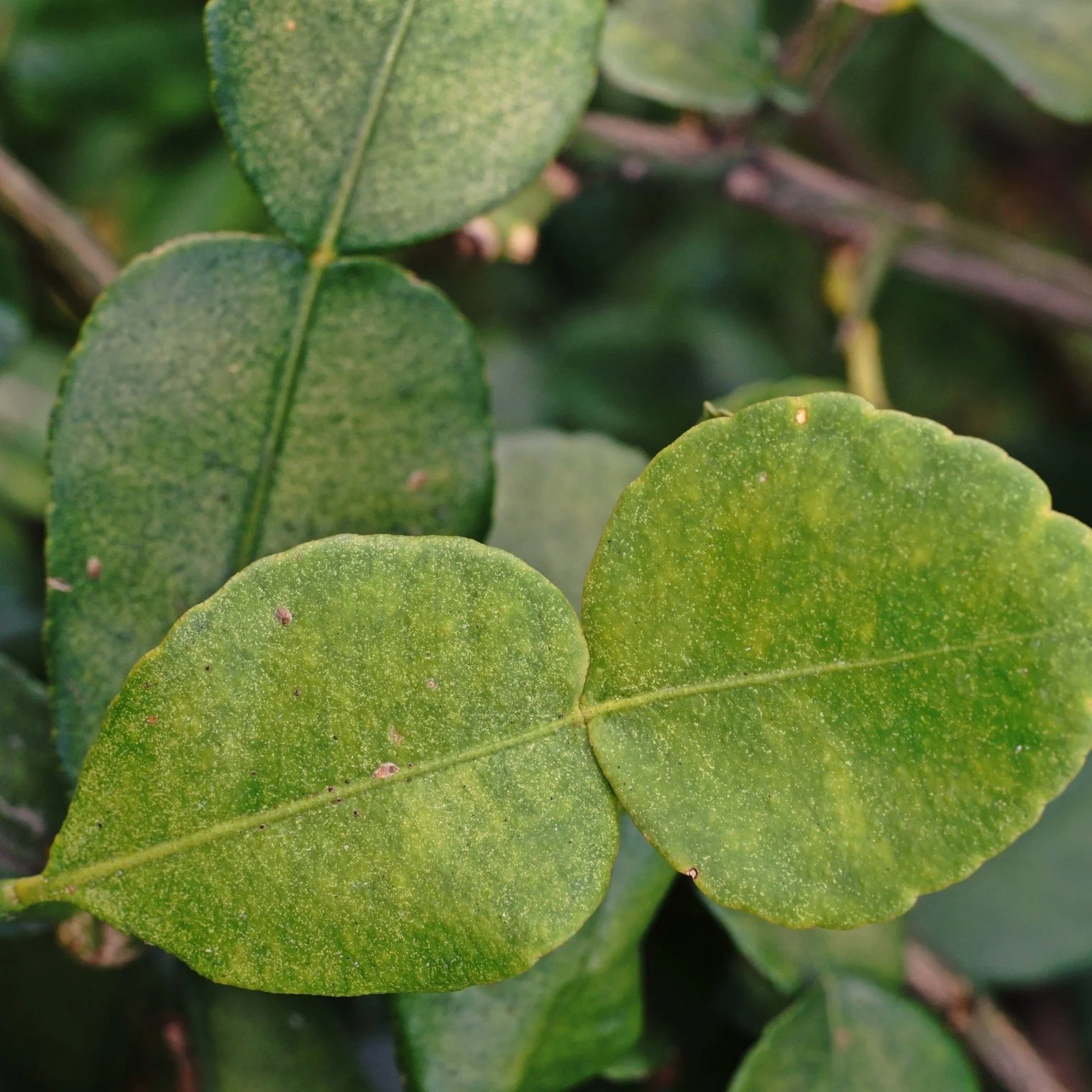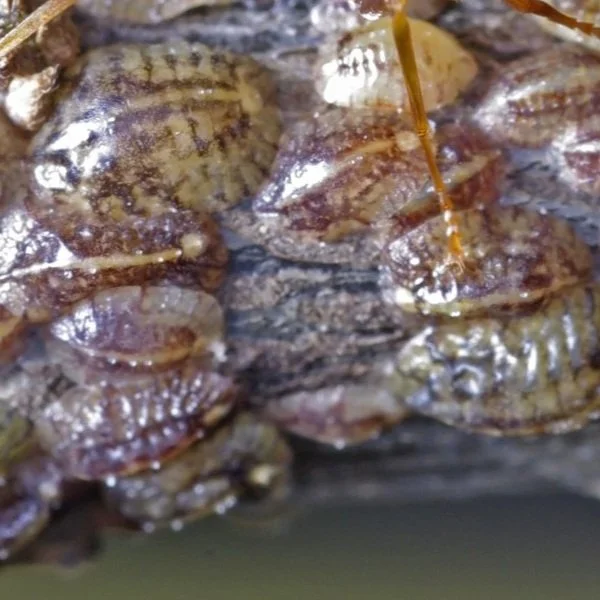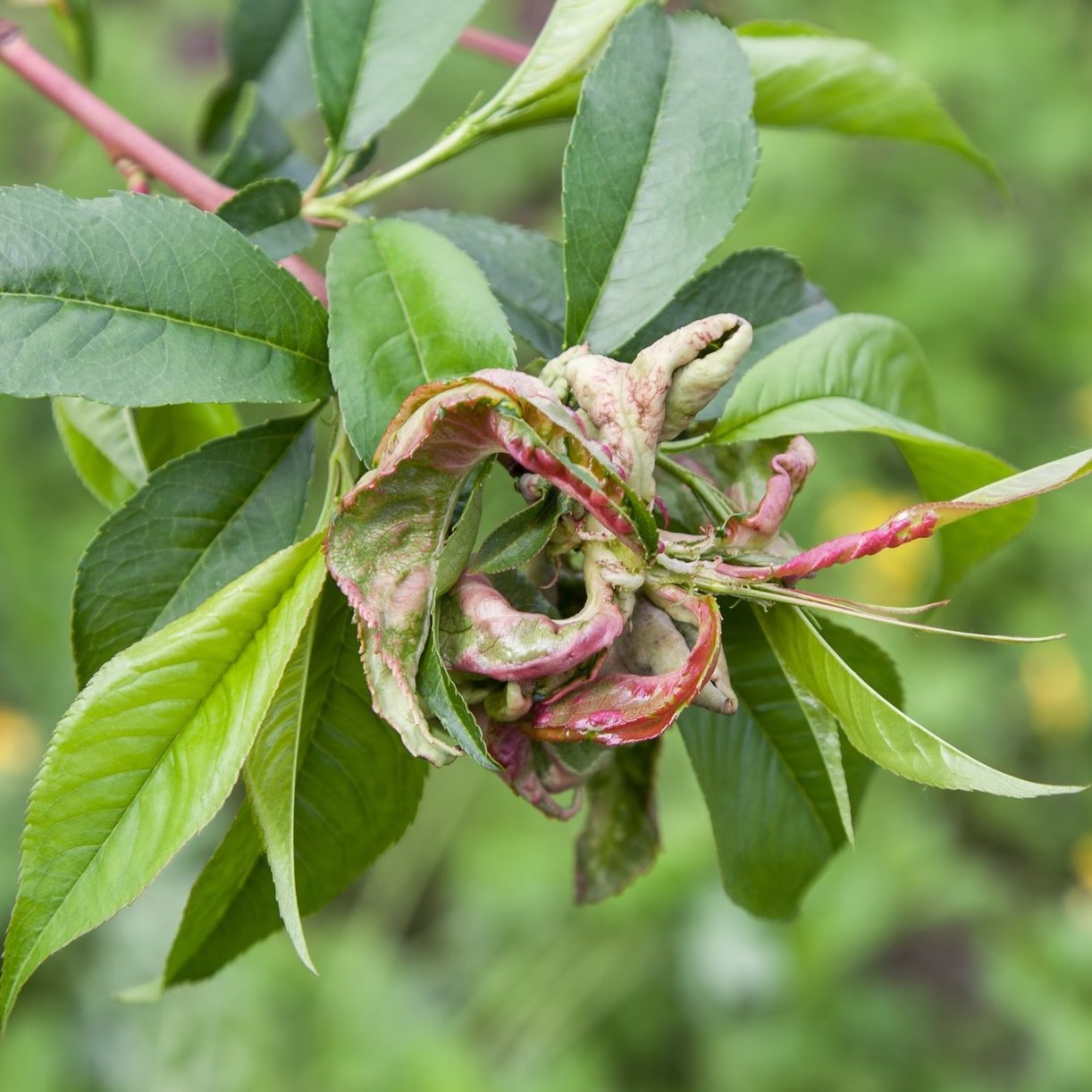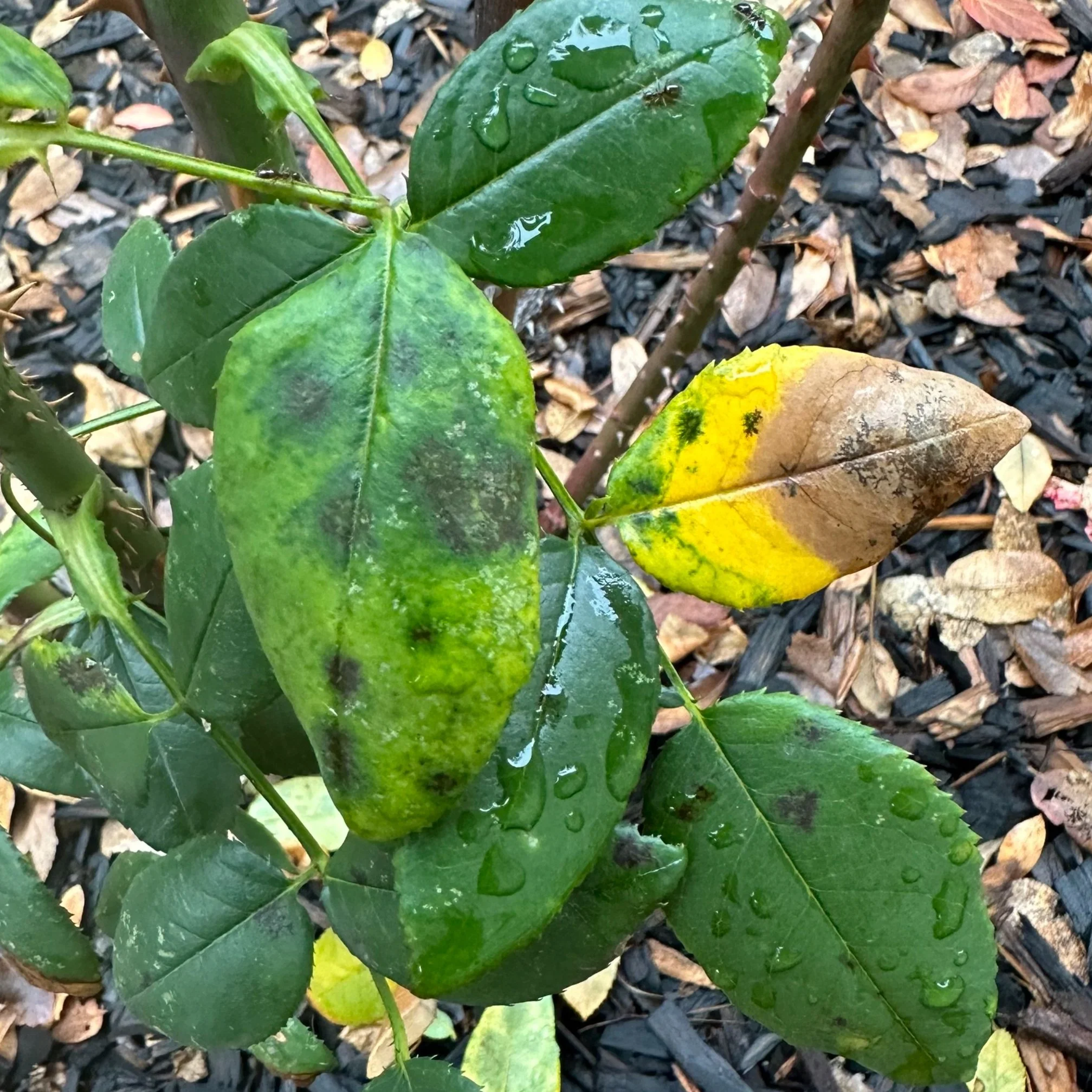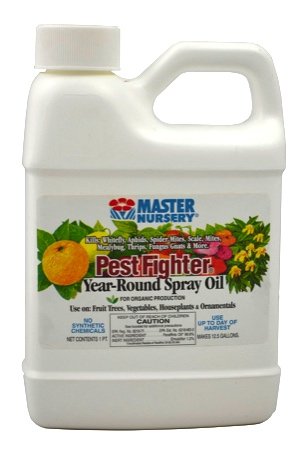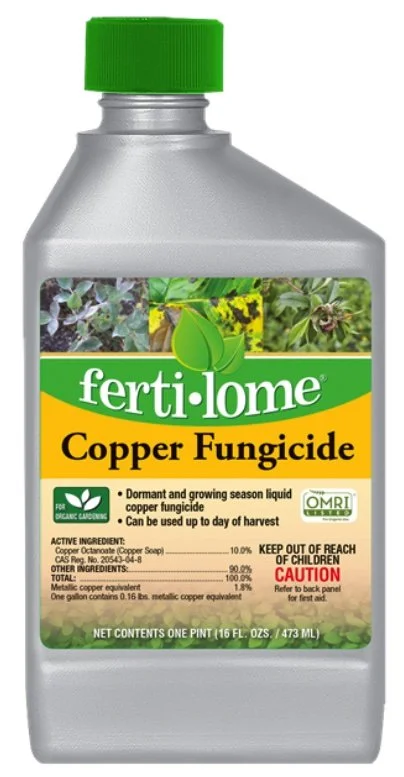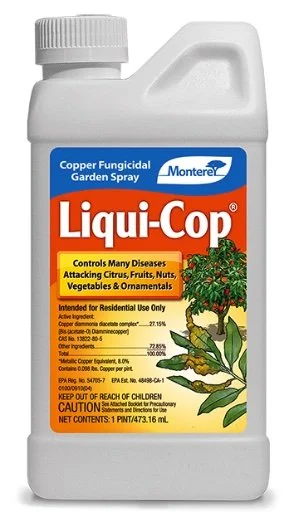Dormant Spraying: Why You Should
Dormant Spraying
Dormant Spraying is used for two reasons: one is to help control insects, the other is to control fungal diseases.
Why dormant spray? You will have better crops and possibly eliminate the need to spray by reducing insects and diseases in the coming year. Dormant spraying is used as a prophylactic to reduce the current population and the possibility of future infestations primarily with aphids, mites, and scale and to render the fungal spores inactive preventing them from germinating when conditions are in their favor.
Aphids
Mite damage on citrus
Scale
Your stone fruit trees (apricot, peach, plum, prune, nectarine and cherry) should be treated. Apples, crabapples, plums, quince, and pears also benefit from dormant oil, as do gooseberry and currant bushes. Though typically considered a necessity for fruit trees, deciduous plants throughout the garden that are susceptible to pest insects and diseases will also benefit.
Application Timing:
Though the timing can vary a bit from year to year as the plants need to be completely dormant, an easy reminder is to use Thanksgiving, New Year’s Day and Valentine’s Day as application dates – it can be helpful to calendar it. Remember, your tree must be fully dormant at the time of spraying, typically November through February.
Peach Leaf Curl
Coddling Moth and Leaf spot on an apple.
Powdery Mildew, Downy Mildew and Rust damage on a rose.
Insect Control:
It is best to spray your fruit trees with an OMRI certified, organic dormant oil spray in late winter before the buds begin to swell. The product suffocates insects and larvae that overwinter on the branches. Dormant sprays do not impact active coddling moth caterpillars or apple maggot, but would kill other caterpillars cocooning over the winter.
The dormant spray is mixed with water and applied through a sprayer. It is important to select a 24 hour period when no rain or winds are forecasted. Slowly cover the tree beginning with the topmost branches. Ensure you spray evenly around the entire tree and into all the barks crevices. Cover or move any blooming plants or conifers you may have near the tree when using dormant oil. The dormant spray can severely damage or kill them.
We recommend using the year-round spray oil that we have depended upon for years: Pest Fighter by Master Nursery, OMRI certified and approved for organic gardening. We advise using a concentrated form (we carry three sizes) rather than the Ready to Use formula, in order to mix the appropriate strength for dormant spraying. You can apply a stronger formula when trees are without foliage. (If the buds have begun to swell and started to open, we would advise using a lesser strength (summer strength) formula.)
Note: As with all chemical treatments, please read the instructions thoroughly before application
Disease and Fungus control:
There are 2 primary sprays that can be used for controlling the spores of many diseases or funguses through dormant spraying; Monterey’s Liqui-Cop or Fertilome’s Copper Fungicide. Both of these products offer very similar results and control the spores but each have thier advantages.
Copper Fungicide is easier to prepare and less staining, while Liqui-Cop can be mixed with Pest Fighter to control both diseases and insects in one application and will reduce the number of application days.
The application technique is identical to that of the Oil for insect control. The dormant spray is mixed with water and applied through a sprayer. It is important to select a 24 hour period when no rain or winds are forecasted. Slowly cover the tree beginning with the topmost branches. Ensure you spray evenly around the entire tree and into all the barks crevices.
Note: As with all chemical treatments, please read the instructions thoroughly before application


